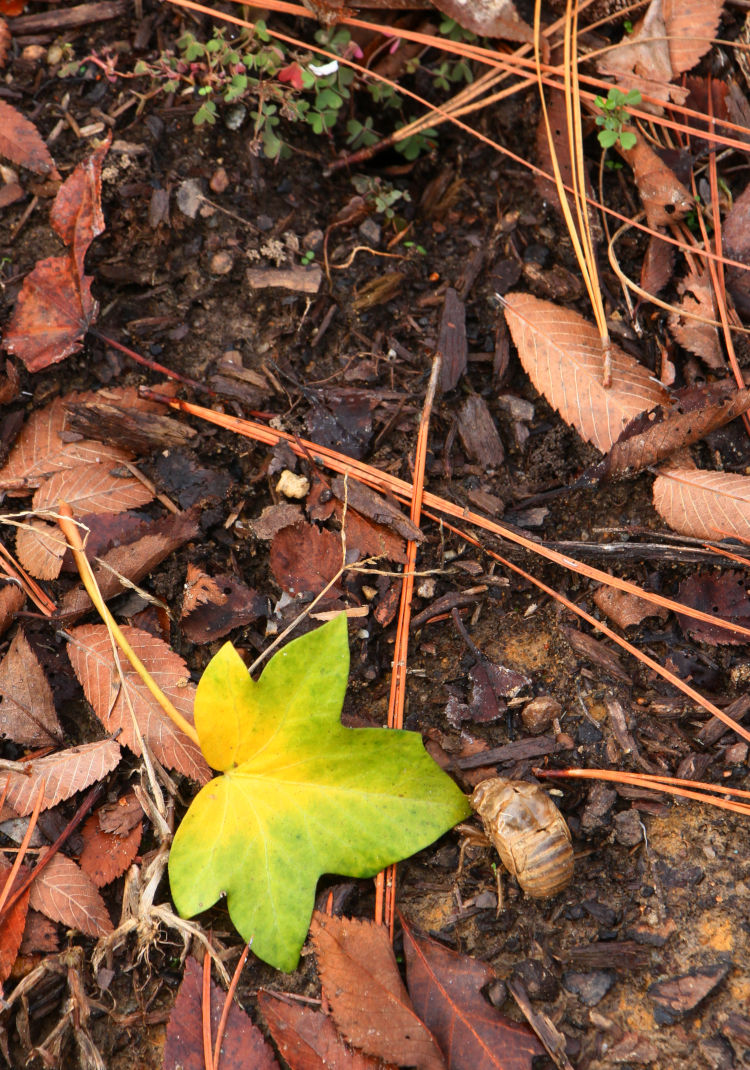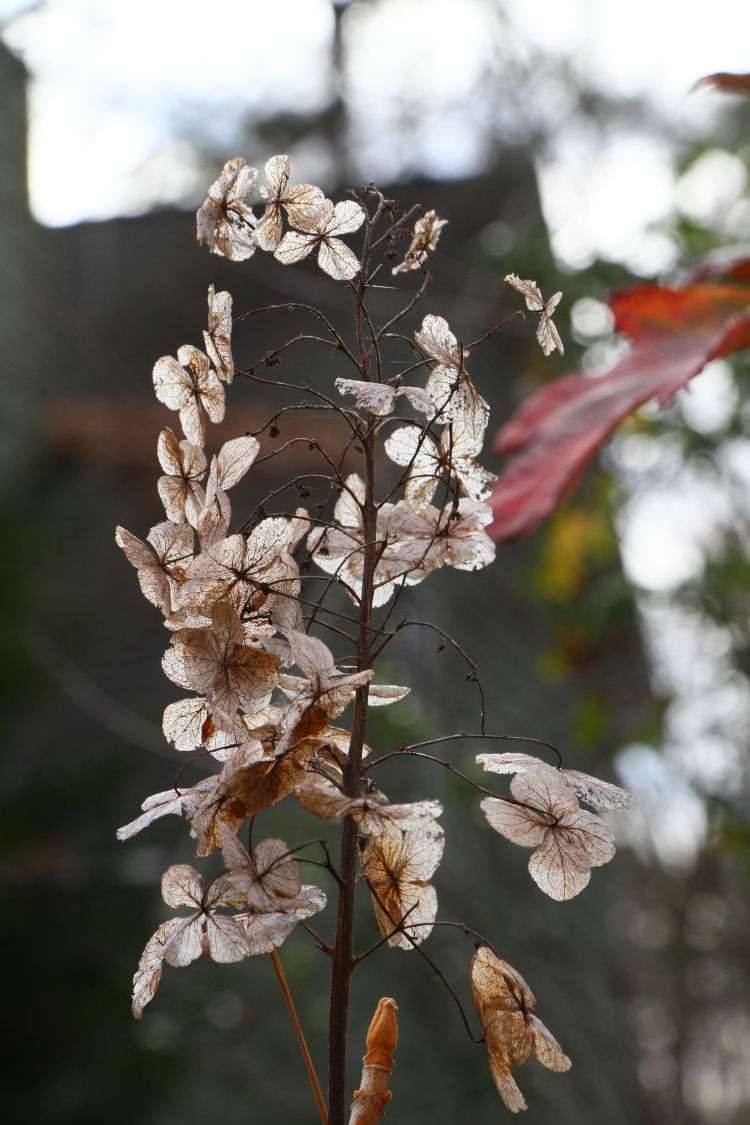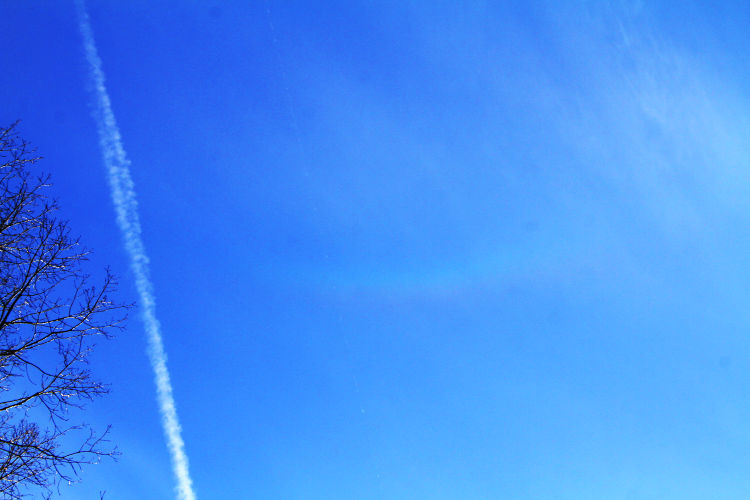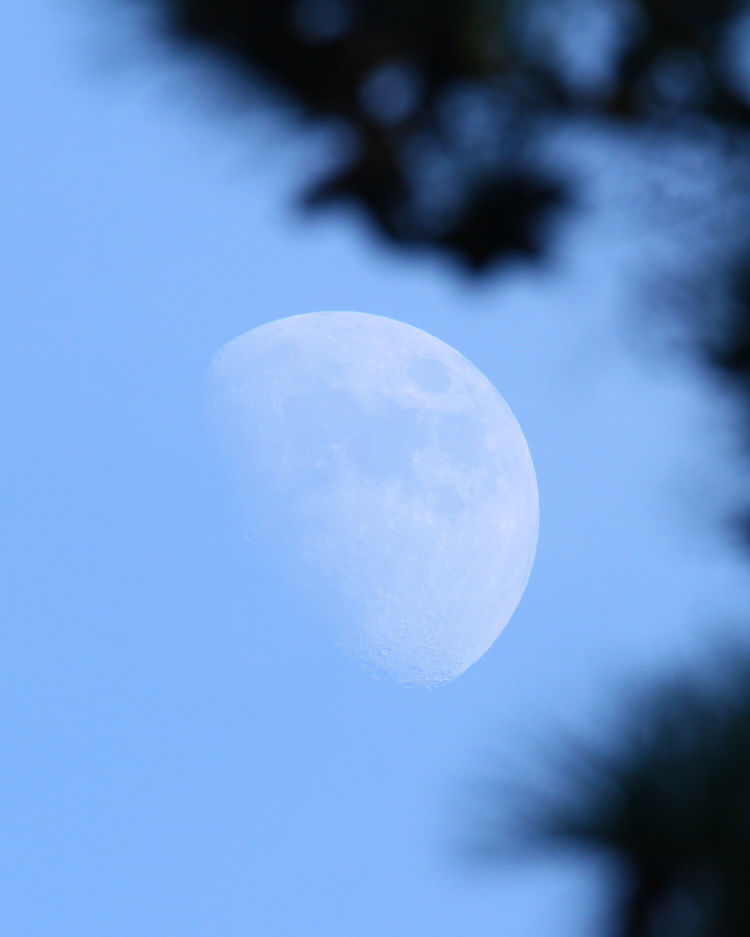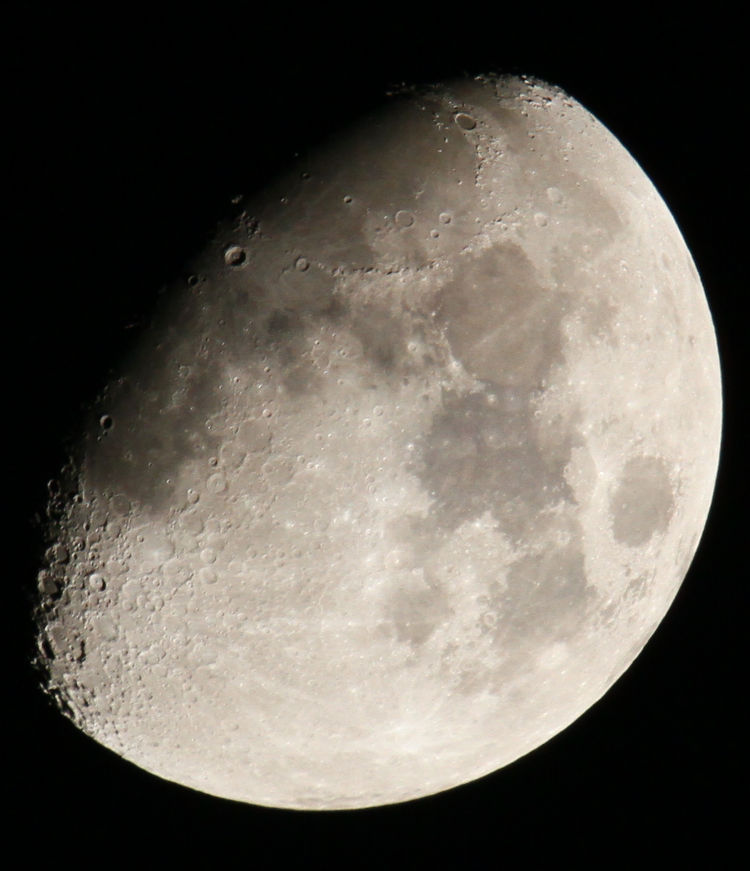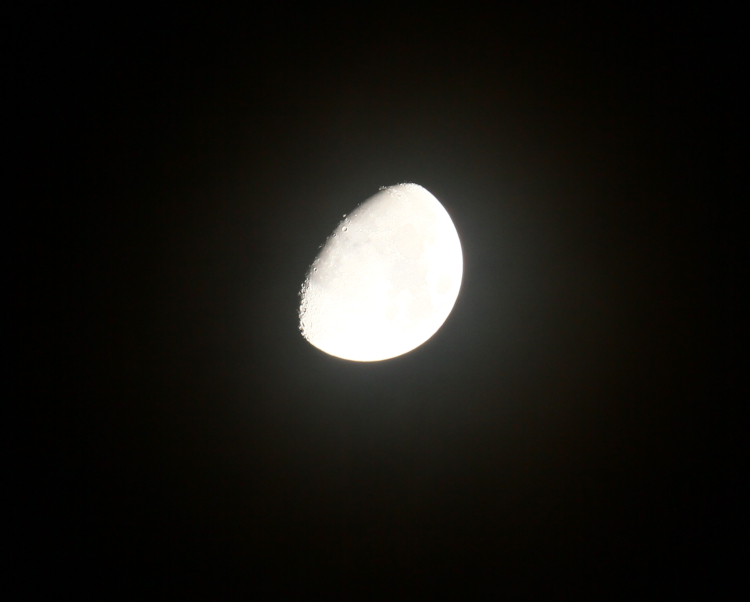I first began this post just after Memorial Day in this country, which didn’t spark these thoughts because I’ve had them for a while, but it brought them up again at least. It’s a federal holiday, one of only a handful, intended to honor and respect members of the US military who died in service. We also have Veterans’ Day, which honors those who served, especially those still living, with little distinction save for being honorably discharged. Now, I’m not going to trash these sentiments and I don’t disagree with them on the basic principle, but I do find it curious how much we celebrate aggressiveness and, pure and simple, killing others.
“But these men protected everyone in this country, including you, from aggressors!” comes the inevitable protest, which is how these holidays are virtually always portrayed, publicly and subconsciously. Except we haven’t had to protect this country since 1945, and even then there’s a bit of fudge factor to be considered: our involvement in WWII was a) not a primary intention of Japan, only to try and assert their control over the Pacific, and b) not at all an intention of Germany, which was concentrating on Europe. Let’s face it: occupying and controlling a large and populous country on another continent is beyond the capabilities of any country on earth, and has been for centuries, but still, we’ll let this one slide. And all other conflicts since then have been foreign policy decisions intended to either influence world trade, hamper the efforts of other powers, or most disturbingly, make some grandstand display primarily for our own citizens (i.e., Grenada) without any even residual threat to the US; a lot of people (with no distinctions of nationality) died over what were only crass manipulations rather than “the defense of our country.”
This naturally also fails to address the behavior of far too many of our soldiers and leaders, which targeted noncombatants and civilian centers for various reasons, but none very honorable. If you have a uniform on, it’s apparently not terrorism or genocide, and our own military, at the very least, isn’t the slightest bit concerned with examining its own faults regardless of its stated policies.
We have been fostered within this country to treat our military with respect, as if all of their actions are altruistic and absolutely necessary, and the vast majority of our government spending goes towards defense – despite the well-known fact that defense spending is rife with waste, misappropriations, and pork barrel projects. Meanwhile, those within the military are steeped in a hyper-masculine, testosterone-driven environment in order to kill or die without question – funny how we somehow seem to feel this is necessary for ‘defending’ our country.
Don’t get me wrong – I’m not a pacifist who feels that every conflict will be solved with love and diplomacy. Yet to hear far too much of our population voicing it quite proudly, none of the conflicts will either, which is obviously a bit flawed. We consider it patriotic to celebrate death, under the guise of ‘freedom’ and ‘liberty’ and ‘independence’ – but in the US we really don’t celebrate life, or peace, or really just about any advancements that we’ve made, as a country or as a species, and certainly not federally or nationally.
Yes, we have Martin Luther King, Jr’s Birthday, which is a step in the right direction, as well as Juneteenth to celebrate the eradication of slavery – which only became a holiday two years ago. It would be nice if these were trends towards recognizing more positive and beneficial acts, and not just lip service regarding the abysmal attitude towards equal rights that’s been maintained for so long within this country – the holidays are deserved, certainly, but the cynical part of me doubts the sincerity of the reasoning, and can’t help wondering how much of it is simply a manner of saying, “We’re cool now, right?”
But what about the real accomplishments, the significant advances made, the mere recognition that there are peaceful methods of interacting, with other countries as well as within our own? Could we use a bit more emphasis on being a rational, thoughtful species and not the celebration of our base aggression? War should, at best, be considered a necessary evil, and I’m not entirely sold on the ‘necessary’ aspect, but we should be nearly ashamed when we actually have to resort to it. Certainly, several of the more recent conflicts would have been avoided entirely had we possessed this attitude, specifically our multi-decade involvements in Iraq and Afghanistan that had no clear goals and no supportable function; motivations to send troops anywhere would likely be minimized when ‘war president’ would be seen as an abject failure of statesmanship rather than as patriotic.
So what could we be focusing on instead? I’ve always been in favor of recognizing the accomplishments, insights, and policies that advanced us, rather than the specific people who made them – it’s more focused, and takes away the ire of the Woke crowd that wants to examine everyone’s personal history with electron microscopes. To that end, I suggest a handful of things that we could be celebrating, that provided indelible and perpetual benefit to us, completely devoid of tribalism, questionable historic events, and avoidable bloodshed.
Antibiotics, anesthesia, and the various non-intrusive manners of determining what’s happening within a living being. I don’t have to spell out the enormous benefits, do I? I mean, they’re only used millions/billions of times daily.
Electricity and electromagnetism. Not directly related, but our understanding of both of them contribute hugely to the quality of life that we have today. Yet a very large number of people don’t understand that electromagnetism is light, radio waves, microwaves, and so on – they’re the same thing, just different wavelengths.
Atomic physics. Everything from the constituent elements of atoms to the peculiar properties of quantum mechanics. Abruptly, this tied together chemistry and cosmology, starting a trend towards understanding the unification of universal forces.
Astronomy and cosmology. Our entire concept of the universe changed radically, several times over, within the past century or so – there’s some really intriguing and remarkable discoveries throughout these fields.
Evolution and genetics. Besides the obvious contributions to biology, they also bolstered medicine and vaccines to an enormous degree; the recent COVID vaccines and their blindingly fast development were only possible through a deep understanding of RNA. A subset of this is Paleontology, and the rapidly expanding knowledge of our own ancestry.
Semiconductors and Microprocessors. Seriously.
Space exploration. It’s easy to say that we’re not gaining any real benefit from what’s happening on Mars and Jupiter – many blowhard congressman have – but we have to recognize that the programs have also provided satellite communications, real-time weather tracking, GPS navigation, and yes, even spy satellites, which have their hand in avoiding conflicts by reducing a lot of surprises; WWII would have been entirely different with space-based reconnaissance. Moreover, it’s what can protect us from going the way of the non-avian dinosaurs when another massive asteroid comes calling – though it has to be a lot more advanced than it is now.
Among those, we could probably generate fifty or so new holidays, all focused on achievement – I realize that they’re primarily science-based, but you know, that’s where we make achievements. Should they all be federal holidays? Of course not, but when it comes down to it, we only have a handful of federal holidays to begin with, and most of the others are recognized and cultural but not ‘national.’ Everyone in this country knows when Groundhog’s Day is, for fuck’s sake, but how about the names of just half of the people responsible for the things in that list above? How about even when the Wright Brothers made their historic flight? We really could stand a bit of better focus here, more emphasis towards positive accomplishments, even just fostering interest in how things work. That’s something that I could salute, at least…






















































